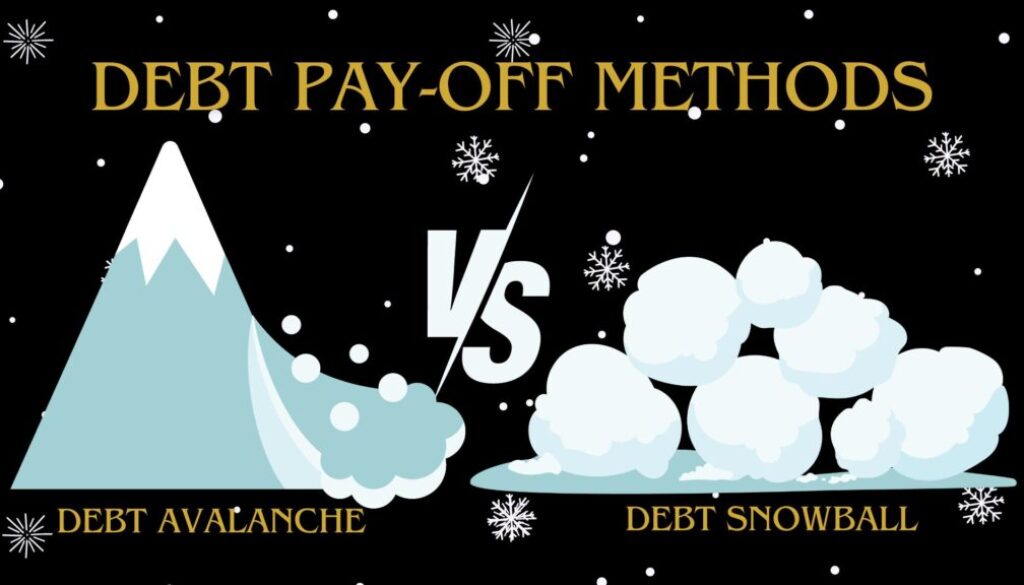Avalanche vs. Snowball: Understanding Your Debt Conundrum
In the world of personal finance, setting out on the road to debt freedom is like conducting a symphony. Debt Snowball and Debt Avalanche are two well-known financial methods that play pivotal roles in this piece. Each method has its own beat and rhythm, promising a melodic escape from the clutches of debt. But how can you find the melody that fits your individual financial path among all this financial symphony?
Debt Avalanche vs. Debt Snowball
| Aspect | Debt Snowball Method | Debt Avalanche Method |
| Principle | Take on debts in the order of the smallest balance to the largest. | The debts that have the highest interest rates should be prioritized first. |
| Process | Create a list of debts in ascending order according to their sum. | The debts should be listed in descending order according to the interest rates. |
| Psychological Impact | It places an emphasis on quick wins, which helps to create a sense of accomplishment. | Focuses on maximizing financial efficiency and reducing interest costs. |
| Pros | Motivates individuals on a psychological level. Set definite benchmarks. | Financially strategic in nature. The total amount of interest paid is reduced. |
| Cons | Potentially not the most cost-effective option. Does not position interest rates as a priority. | It takes longer for results to become visible. That requires self-control. |
| Time to Debt-Free | Might provide more rapid and noticeable progress. | Even though it might take longer to see visible results, it is more cost-effective. |
| Suitability | Suitable for individuals who are driven by the prospect of achieving quick wins. | Designed for individuals who are concerned with the long-term financial benefits. |
In Conclusion:
Making the choice between the Avalanche and Snowball methods goes beyond simple math; it’s a path toward synchronizing with your financial pulse speed. Make sure that your decision is based on more than just numbers; it should also reflect your personal preferences, financial goals, and the emotional motivations that keep you committed to paying off your debt. Keep in mind that the choice is as individual as your fingerprint on your financial record; it must be crafted to complement your specific financial objectives and personal preferences.




